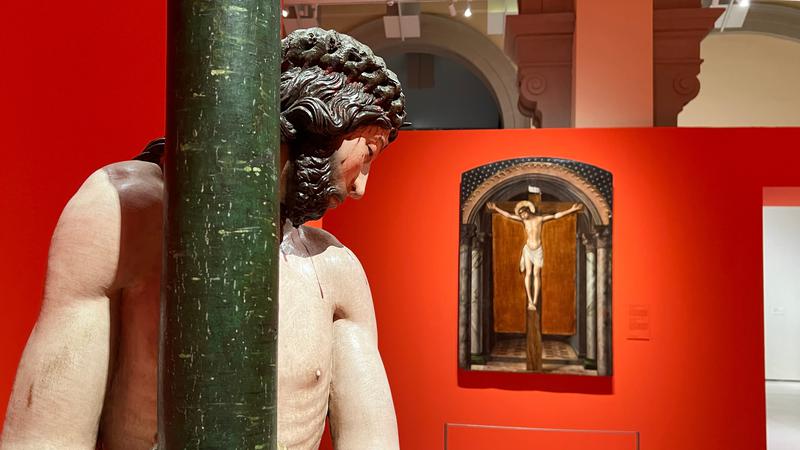MNAC presents new exhibition on the relationship between Christians and Jews in the Middle Ages
70 pieces reflects on converts, identity, intolerance, and the power of images

Catalonia's National Art Museum (MNAC) has presented a new exhibition that looks at the relationship between Christians, Jews, and converts in the Middle Ages.
The construction of identity, the definition of otherness, intolerance, and the power of images are the central themes of the exhibition 'The Lost Mirror. Jews and "Conversos" in the Middle Ages', jointly organized by the MNAC and the Prado Museum.
The exhibition portrays the view that Christians had of Jews and converts between 1285 and 1492 through almost seventy art pieces.
Curator Joan Molina told the Catalan News Agency that the exhibition is presented through the Christian perspective and "how Christians define their identity based on the other, which is the Jew and the convert."
Molina says that the exhibition starts from a thesis that difference exists and 'otherness' is constructed. "The exhibition talks about how the Christians at the end of the Middle Ages built a mirror based on their representation of Jews and converts and also how images show us the coexistence between these communities."
The new MNAC exhibit also displays how anti-Judaism sentiment gave rise to a series of images that served to define "Christian identity and ratify a whole series of beliefs, dogmas and devotions of Christians."
The exhibition covers a period of two centuries, including the time when Jews were expelled from Spain, and reflects on the role that images played during this period, and their significance. In some cases, Molina points out, these images served to save converts or to condemn them.
In total, the exhibition brings together a set of almost seventy pieces from the Prado Museum and the MNAC, and two thirds are from the collections of Spanish and foreign museums and from churches and parishes.
One of the topics that surprised the curator the most was the issue of converts, which is particular to the kingdoms of Castile and Aragon and is "a particularly Hispanic subject because in the rest of Europe this doubt about converts is not considered."
It is an exhibition that deals with intolerance at the end of the Middle Ages, but Molina laments that "intolerance for religious, social or nationalistic reasons sadly remains, universally."